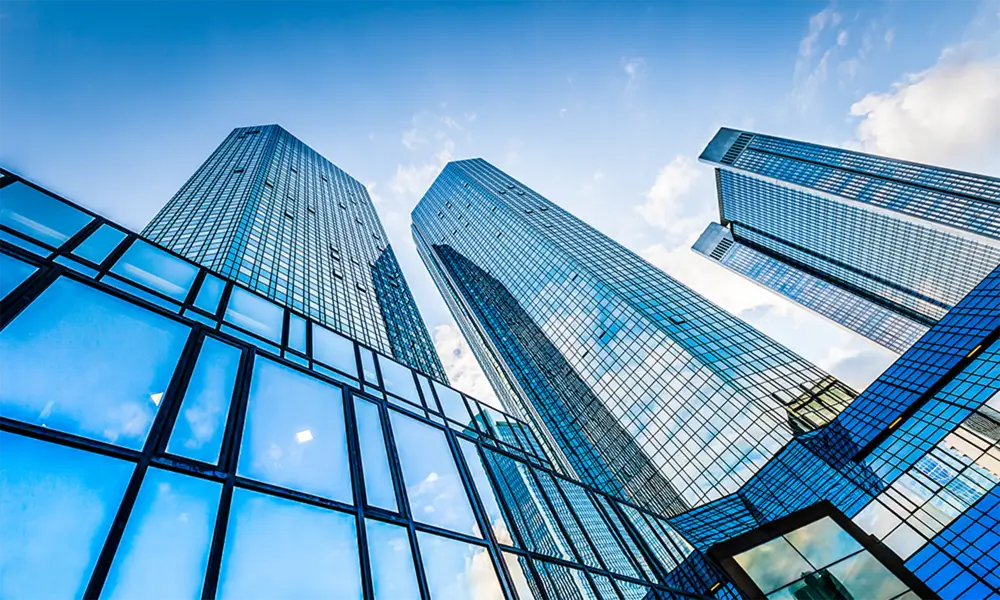

What is Float Glass Used For?
Float glass is a vital material in various industries, primarily due to its clarity, strength, and versatility. Formed through the innovative float process, this type of glass is manufactured by floating molten glass on a bed of molten tin. This technique results in a smooth, flat surface, making it ideal for an array of applications. Below are some of the primary uses of float glass.
1. Architectural Applications
One of the most significant uses of float glass is in architectural applications. Float glass serves as a primary component in the construction of commercial and residential buildings. Large expanses of glass can create visually appealing facades that allow natural light to enter indoor spaces, enhancing the overall ambiance. It is commonly used in windows, glass doors, and skylights. Moreover, float glass can be treated with coatings to improve energy efficiency, helping to regulate indoor temperatures and reduce heating and cooling costs.
2. Automotive Industry
Float glass plays a crucial role in the automotive industry. Windshields and side windows are typically made from float glass due to its transparency and durability. The use of float glass in vehicles contributes to safety, visibility, and aesthetics. Manufacturers often laminate float glass for windshields, providing additional strength and preventing shattering during accidents. This process creates an essential safety feature, ensuring that passengers are protected while traveling.
3. Furniture and Interior Design
In the realm of furniture design, float glass is used extensively. Designers incorporate it into coffee tables, dining tables, and shelving units, leveraging its sleek appearance to enhance modern aesthetics. Tabletops made from float glass are not only stylish but also easy to clean, making them practical for everyday use. Additionally, interior design elements such as glass partitions and balustrades utilize float glass to create open and airy spaces while maintaining functionality.

Float glass finds applications in the electronics industry, particularly for screens and displays. High-quality float glass is used in smartphones, tablets, televisions, and computer monitors. Its clarity and ability to support various coatings make it ideal for touchscreens and high-definition displays. The strength of float glass also contributes to the durability of these devices, ensuring they can withstand everyday wear and tear.
5. Solar Panels
With the growing emphasis on renewable energy sources, float glass is increasingly utilized in solar panel production. The transparent nature of float glass allows sunlight to pass through while providing protection for the photovoltaic cells inside the panels. Using float glass in solar panels enhances their efficiency and longevity, contributing to the development of sustainable energy solutions.
6. Decorative and Artistic Uses
Beyond functional applications, float glass is also employed in decorative elements and art installations. Glass artists utilize float glass for sculptures, stained glass windows, and art pieces. The versatility of float glass allows for a variety of techniques to be employed, such as cutting, etching, and painting, making it a favorite medium among artists.
Conclusion
Float glass is an indispensable material that finds utility across multiple domains, including architecture, automotive, interior design, electronics, renewable energy, and art. Its unique properties, such as clarity, durability, and versatility, make it ideal for a wide range of applications. As technology advances and the demand for innovative glass solutions continues to grow, the role of float glass in everyday life will undoubtedly expand, cementing its status as a crucial material in modern society. Understanding its various applications highlights the importance of float glass in enhancing both functionality and aesthetics in numerous aspects of life.